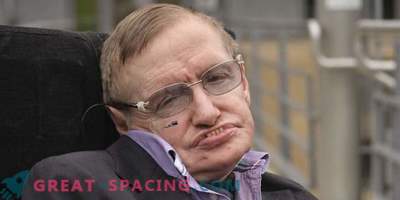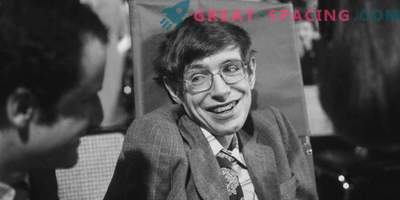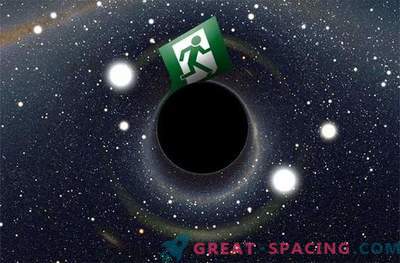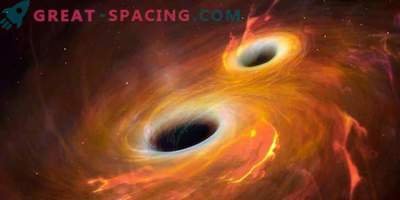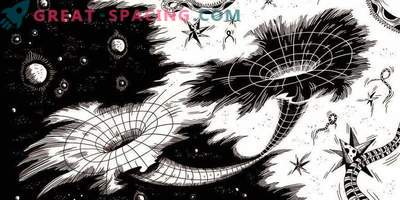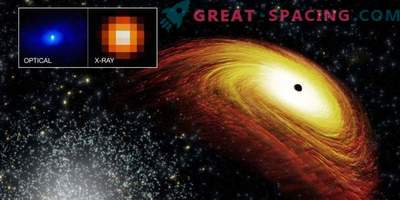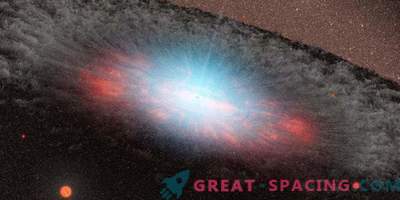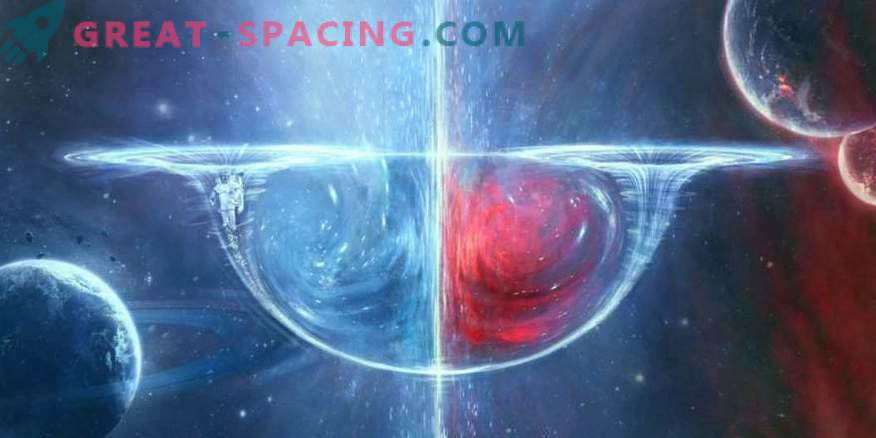
Two researchers declared their intention to participate in the race for solving the information paradox of black holes, in which all theoretical physics has been involved for many years, with a new tool - a laser.
So what can lasers do with black holes? Of course, it is not the small devices with the help of which many entertain their cats, this is laser radiation, as the underlying concept of physics, and its application to information disappearing in a black hole.
The words “laser”, in general, is an abbreviation, it stands for “amplification of the glow by stimulated emission” (Light Amplification by Stimulated Emission of Radiation). In its simplest form, laser radiation is generated by the interaction of a photon with an excited atom, which copies it and thus produces a glow enhancement. In such a process, collimated coherent light rays are created, widely used in communications, industry and entertainment.
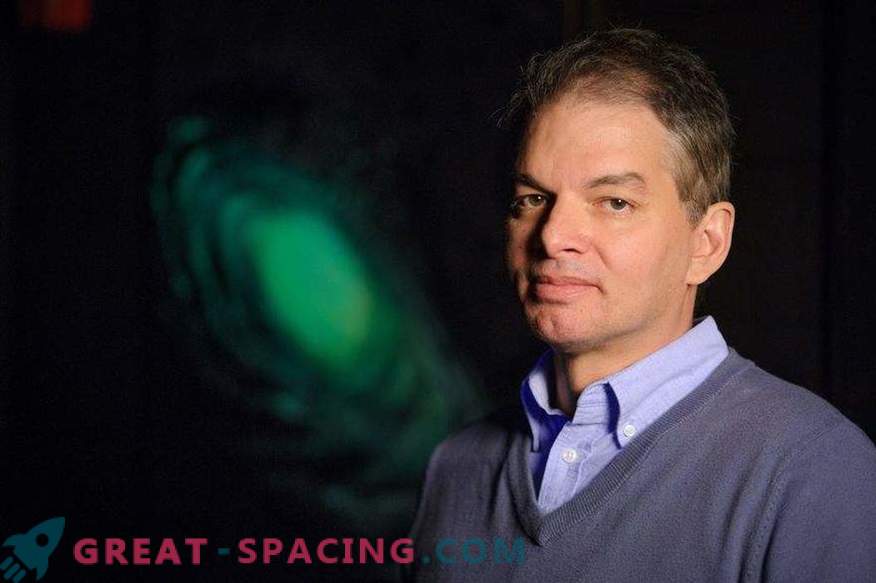
Chris Adami
Chris Adami, a physics teacher at the University of Michigan, compares a laser to a copier that can make two identical copies of anything. If we apply this mechanism to the event horizon, according to Adami, we can get a solution to the so-called “paradox of the wall of fire” on the border of black holes.
A April 7 issue of Classical and Quantum Gravity published a joint article by Chris Adami and Greg Veg Stig (Greg Ver Steeg) from the University of Southern California at Los Angeles based on this study. The wall of fire (firewall) did not become a universally recognized solution in the world of physics over decades of debate about information disappearing in black holes.
Back in the seventies, famous black hole researcher Stephen Hawking made the assumption that black holes are not so black. According to Hawking’s view of quantum physics, pairs of virtual particles suddenly appear, destroy each other themselves, and then quickly disappear. And right on the edge of the event horizon there is a point at which the space-time distortion is so strong that even radiation cannot escape the control of a black hole. Accordingly, a virtual particle can be trapped as it were and avoid being destroyed by its “partner”, thus becoming a real one and taking a tiny piece of material from a black hole.

This small “evaporation” of the mass was called Hawking radiation and radically changed our view of black holes - it turns out that they evaporate and sooner or later (depending on their mass) disappear. It turned out that black holes are not as permanent as we once thought.
The concept of “Hawking radiation” marked the emergence of a vital and ailing theoretical question, which boiled down to how black holes interact with information. After all, in the end, all information that falls into a black hole collapses and disappears, evaporating completely. And such a scenario violates our understanding of how the universe physically works. So, is information really being destroyed, or is it somehow still unknown? Is it still preserved?
For several decades of controversy among scientists (including Hawking and other key figures), the latest advancement on this issue occurred in 2012, when physics led by Joseph Polchinsky from the University of California, Santa Barbara conducted their research on the extinction paradox. If black holes really do not destroy information, then something happens right on the very horizon of a black hole’s event called the “wall of fire”.
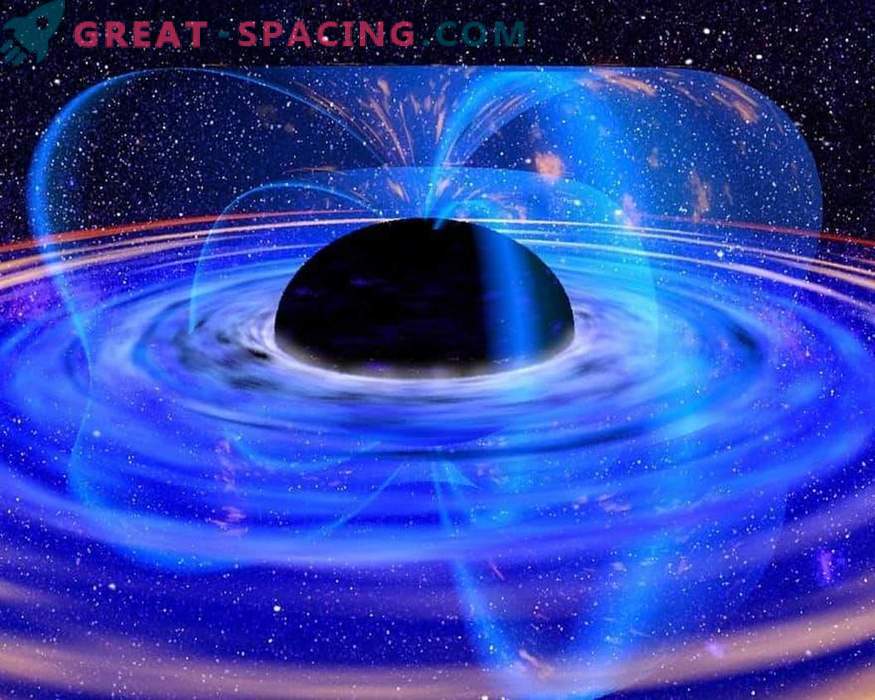
Earlier this year, Hawking argued with the statement that the wall of fire is an unnecessary concept, and defended his “wall of chaos”, which randomly mixes information (thus not violating the quantum rules) and changes the location of the event horizon in depending on the incoming information. In the scenario proposed by Hawking, the event horizon in the classical sense does not exist; it is replaced by the “visible horizon”.
Obviously, this is not a victory for Hawking or anyone else, just another idea that in some way creates a balance between the obviously contradictory theories about information falling into a black hole.
Perhaps everything is just too complicated, or due attention was not paid to the mechanism itself. And it is here that Adami’s idea of stimulated emission appears.
In a news release on television, Adami spoke about his vision of the issue. In his opinion, physics cannot be consistent without following the copying mechanism discovered by A. Einstein as far back as 1917. According to him, before a black hole absorbs any information, a copy of it must be created, which remains outside.
Paul Davis, a theoretical physicist at the University of Arizona, praised Chris Adami's decision as correct. He added that it was amazing how it had been hidden in such a simple form for so many years.
Since the matter concerns the black hole event horizon, Adami believes that radiation is produced by stimulated radiation, while keeping a copy of the information falling into the hole. This radiation is different from Hawking radiation, which also has a place to be.
Forced radiation, according to the publication of Adami and Vera Stig, is very similar to the process of copying information: one particle enters, two come out with exactly the same set of quantum numbers.
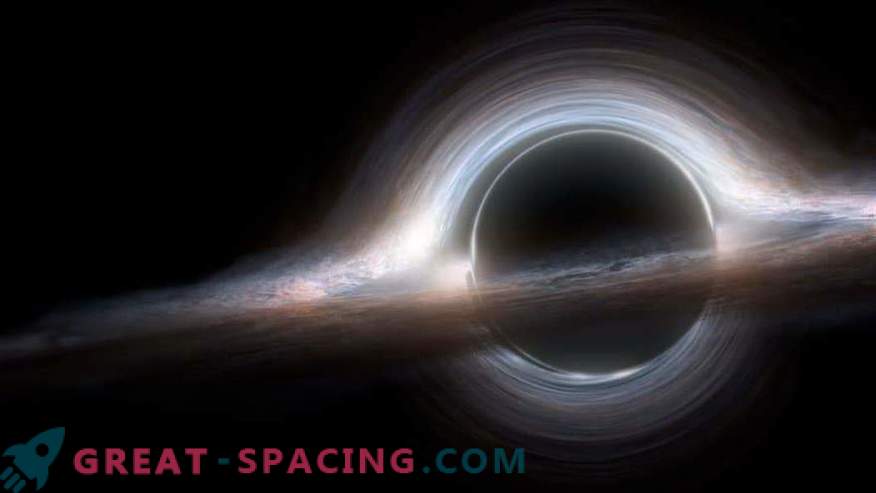
However, in the quantum world, information cannot be perfectly copied (a concept known as the cloning impossibility theorem), and it turns out that spontaneous radiation (Hawking radiation) interferes with ideal cloning, creating the necessary minimum amount of noise.
Scientists say that this study does not directly relate to information outside the horizon of a black hole. However, since stimulated radiation can still occur within this horizon, this solution may turn out to be correct for the problem of the information paradox.
Adami believes that Stephen Hawking’s theory is now complemented. In his opinion, the emptiness in the theory of black holes is now closed, which gave him the opportunity to sleep at night.
Thus, the next question that may arise is how to detect this stimulated radiation, if it really exists?
